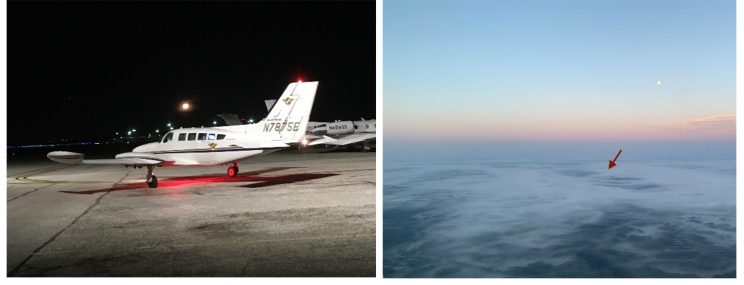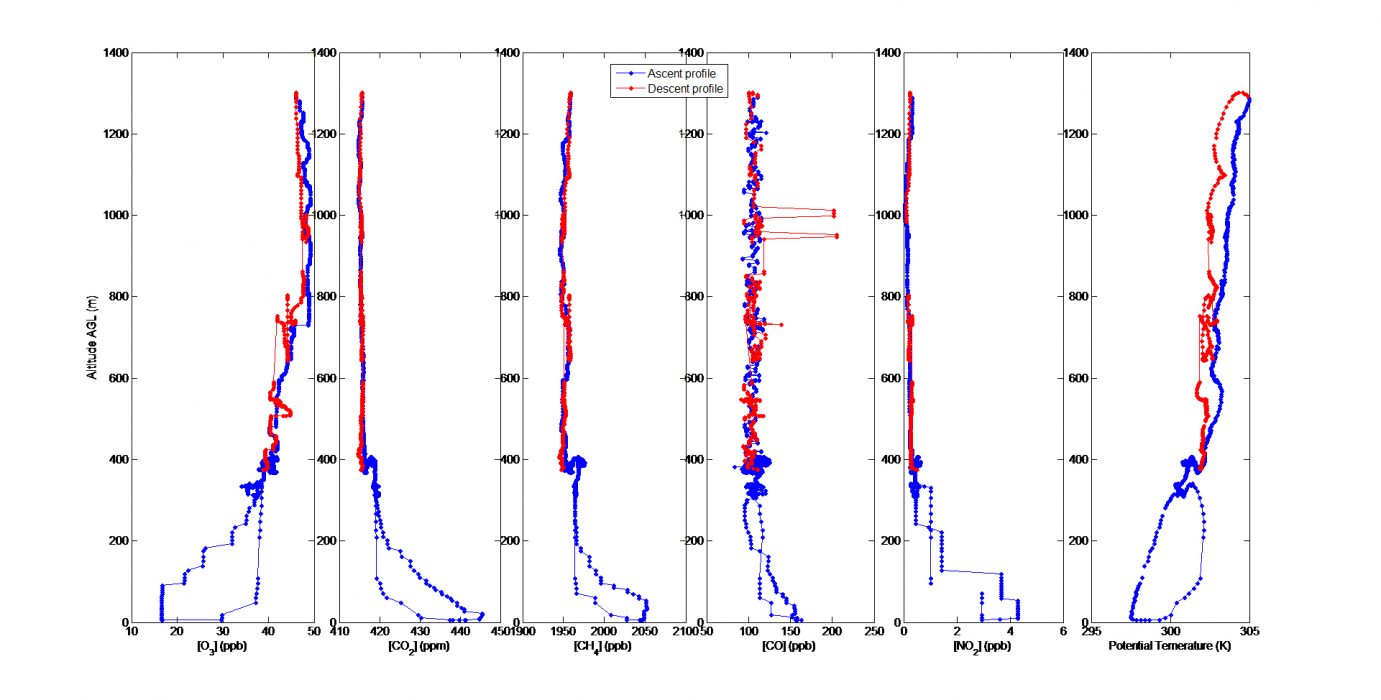ARL Weekly News – September 11, 2020.
| Recent Events |
Invited HYSPLIT Lecture.
Mark Cohen gave an invited lecture to an undergraduate course at the University of Maryland introducing the HYSPLIT model. The course, FIRE-298, Sustainability Analytics, taught by Professor Thanicha Ruangmas, is part of the FIRE (First-Year Innovation & Research Experience) program. Slides from the lecture, An Introduction to the HYSPLIT Model, are available here. The lecture covered the basic physics and operation of the model and included some new graphical, animated depictions of key model concepts. The students in the course will be using the HYSPLIT model to analyze the impacts of emissions from power plants.
Research Flights to Characterize Nighttime Atmospheric Conditions.
In collaboration with University of Maryland, NIST, Purdue University, and Stony Brook University, ARL scientists Xinrong Ren and Mark Cohen, were involved in two nighttime flights conducted by two research airplanes, Purdue Duchess and UMD/NOAA Cessna, over the Baltimore-Washington area on August 30 and September 3, 2020. The objectives were to characterize (1) nighttime boundary layer turbulence in the urban outflow; (2) urban greenhouse gas emissions; (3) nighttime boundary layer evolution over the land-water transition area; and (4) nitrogen chemistry as the sun comes up. Xinrong was involved in the flight planning and preparation as well as post-flight data processing. Mark provided HYSPLIT forecast products that were crucial for the flight planning. The aircraft data will be further used to evaluate the HYSPLIT model.

Left: UMD/NOAA research aircraft ready to take off for a pre-dawn flight; Right: A sheet of fog trapped significant amounts of air pollution; Red arrow points to a power plant stack as it sticks out above the fog.

Vertical profiles of observed chemicals and meteorological parameters over Easton airport and St. Mary’s County, Maryland.

